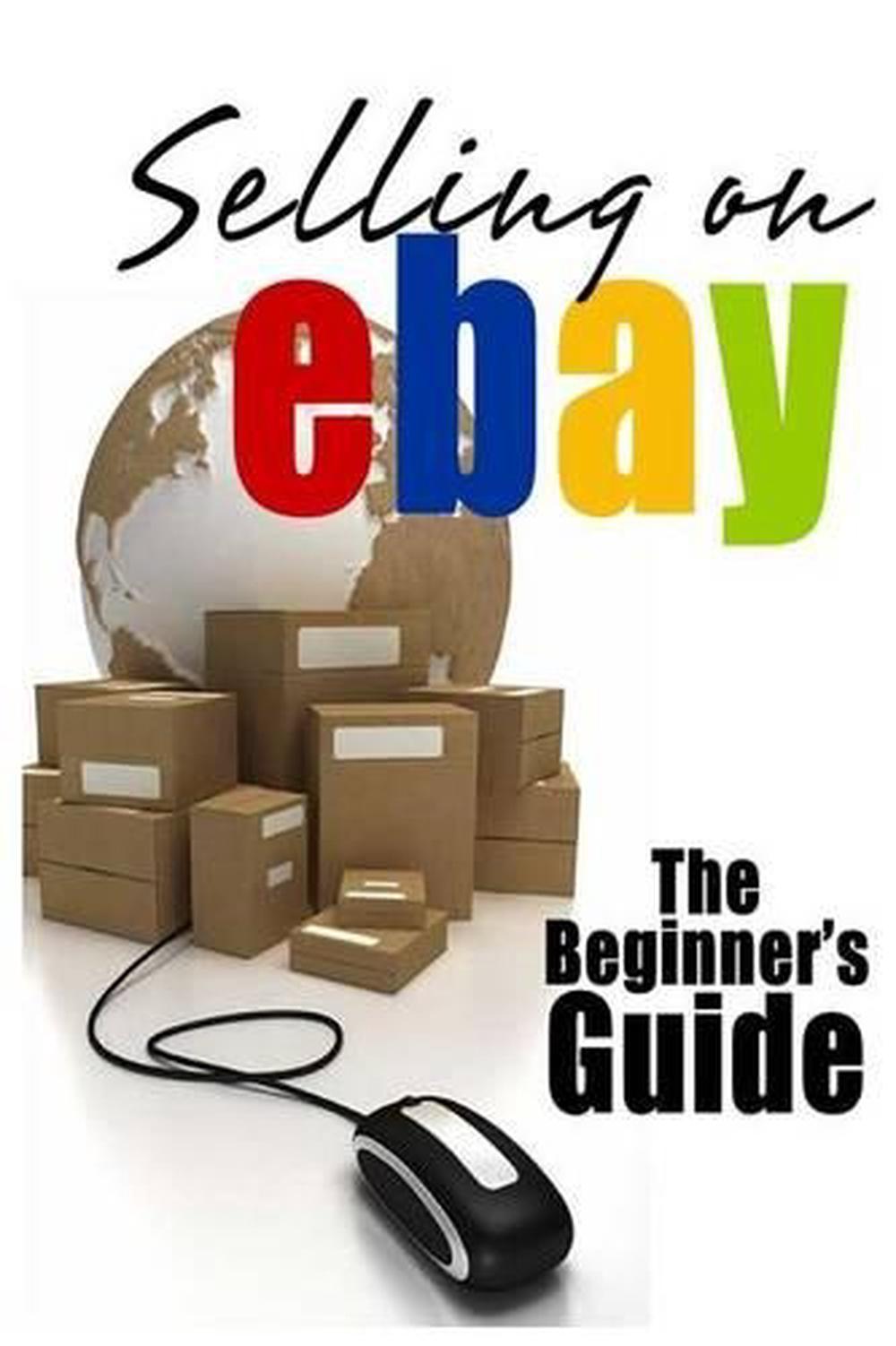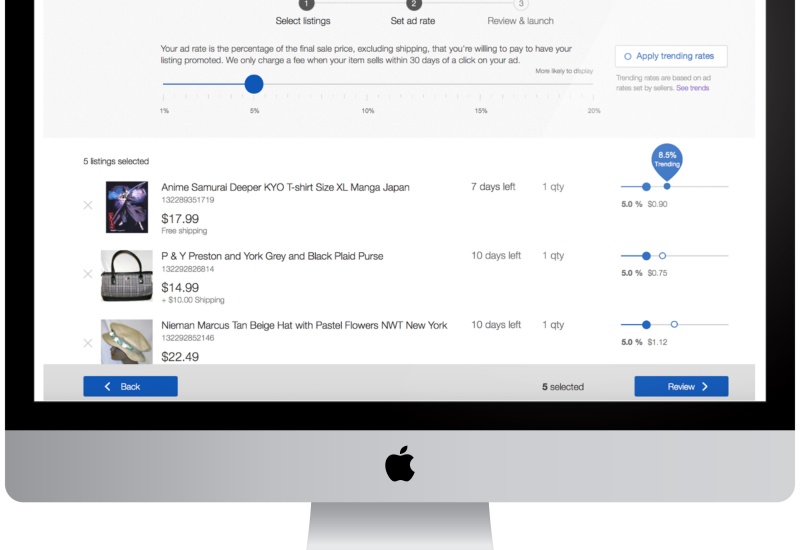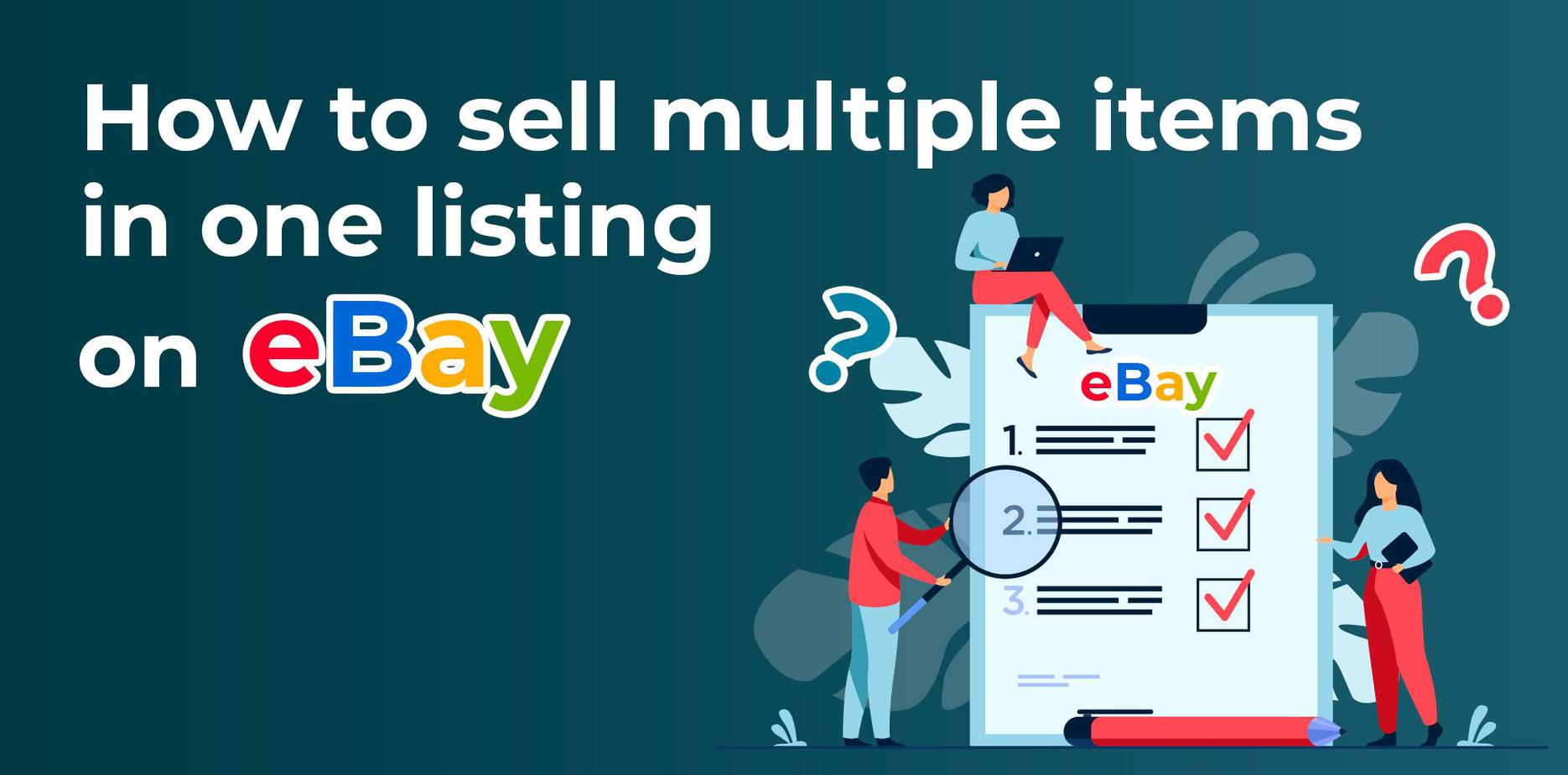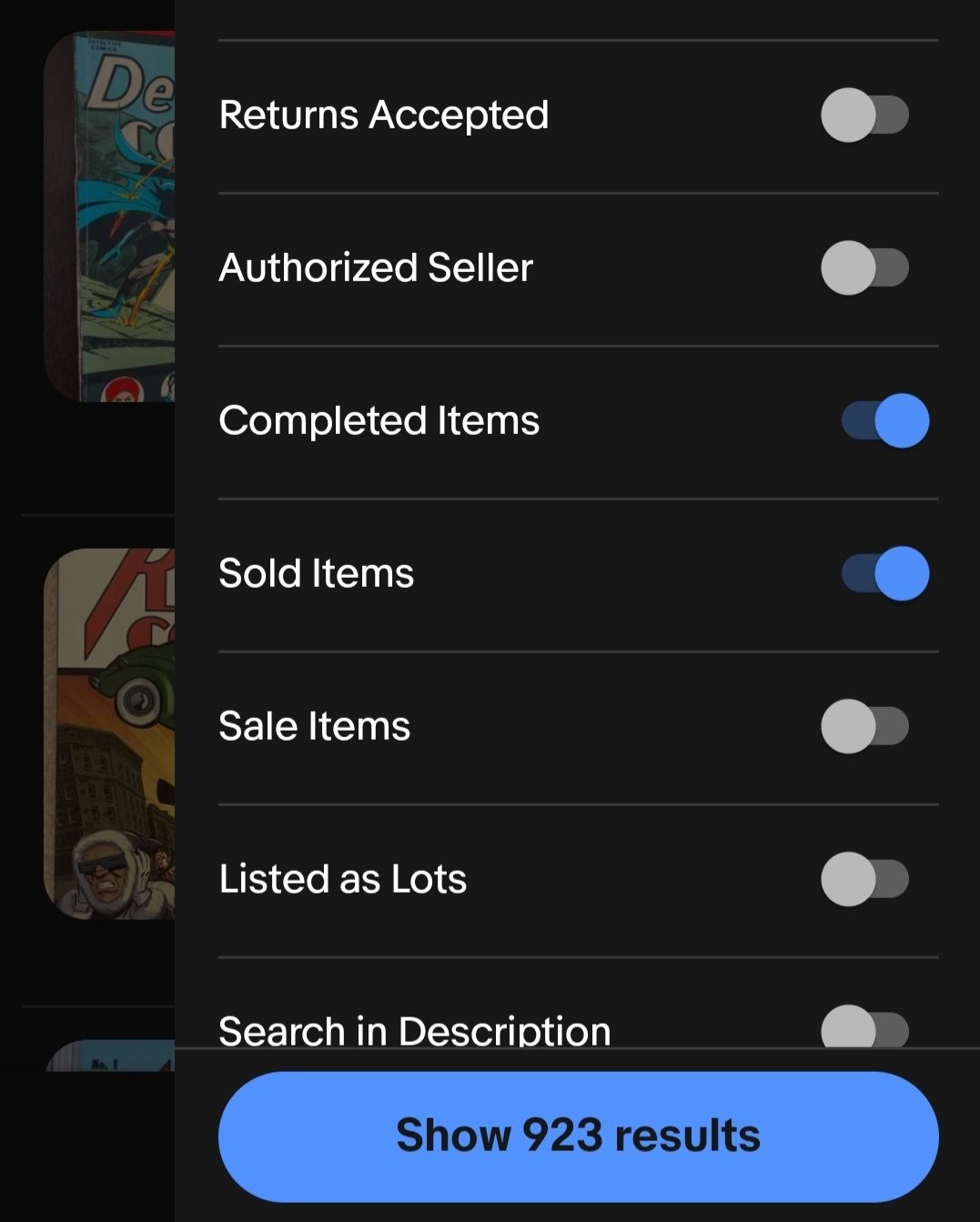Getting Started with eBay: Understanding the Basics
Selling on eBay can be a lucrative venture, but it requires a solid understanding of the platform’s basics. To get started, it’s essential to comprehend the benefits of using eBay, including its vast customer base, trusted reputation, and various selling options. When learning how to sell something on eBay, it’s crucial to understand the fees associated with selling, which can eat into your profit margins if not managed properly.
One of the most critical aspects of selling on eBay is understanding the platform’s policies and guidelines. eBay has strict rules and regulations in place to ensure a safe and secure buying and selling experience for all users. Failure to comply with these policies can result in account suspension or termination, so it’s crucial to familiarize yourself with them before listing your first item.
When it comes to selling on eBay, it’s also important to understand the different types of listings available, including fixed-price and auction-style listings. Fixed-price listings allow you to set a fixed price for your item, while auction-style listings enable buyers to bid on your item over a set period. Understanding the pros and cons of each listing type can help you choose the best option for your item.
Additionally, eBay offers various tools and resources to help sellers succeed, including eBay Seller Hub, which provides insights into your sales performance, and eBay Shipping Labels, which allows you to print shipping labels directly from the platform. By leveraging these tools, you can streamline your selling process and increase your chances of success when learning how to sell something on eBay.
Choosing the Right Category and Title for Your Item
When learning how to sell something on eBay, selecting the correct category and title for your item is crucial for attracting potential buyers. A well-chosen category and title can help your item get discovered by buyers who are searching for similar products. On the other hand, a poorly chosen category and title can lead to low visibility and few bids.
To choose the right category for your item, start by browsing through eBay’s category list and selecting the one that best matches your item. Make sure to choose a specific category, rather than a broad one, to increase your item’s visibility. For example, if you’re selling a pair of Nike running shoes, choose the “Men’s Shoes” or “Women’s Shoes” category instead of the broader “Clothing, Shoes & Accessories” category.
When it comes to writing a title for your item, make sure to include relevant keywords that buyers might use when searching for similar products. Use a clear and concise title that accurately describes your item, and avoid using unnecessary words or characters. For example, a good title for a pair of Nike running shoes might be “Nike Air Max Running Shoes Men’s Size 10”.
Additionally, make sure to avoid common mistakes when choosing a category and title for your item. Avoid using misspelled words or incorrect categories, as this can lead to low visibility and few bids. Also, avoid using keywords that are not relevant to your item, as this can lead to penalties from eBay.
By choosing the right category and title for your item, you can increase your chances of attracting potential buyers and selling your item quickly and efficiently. Remember to always follow eBay’s guidelines and policies when choosing a category and title for your item, and make sure to use relevant keywords to improve visibility.
Taking High-Quality Photos that Showcase Your Item
When it comes to selling on eBay, high-quality photos are essential for showcasing your item and attracting potential buyers. A good photo can help build trust with buyers and increase the chances of selling your item quickly and efficiently. In this section, we’ll discuss the importance of taking high-quality photos and provide tips on how to do it effectively.
Lighting is one of the most critical factors in taking high-quality photos. Natural light is always the best option, so try to take photos near a window or outside during the daytime. Avoid using flash or artificial light, as it can create harsh shadows and unflattering colors. If you’re taking photos indoors, use a well-lit room with soft, indirect light.
Composition is also essential for taking high-quality photos. Make sure to include the entire item in the photo, and avoid cluttering the background with unnecessary objects. Use a plain colored background, such as white or gray, to help your item stand out. Consider using a tripod or photo stand to keep your camera steady and avoid blurry photos.
Editing is also an important step in taking high-quality photos. Use photo editing software, such as Adobe Photoshop or Lightroom, to adjust the brightness, contrast, and color balance of your photos. Avoid over-editing, as it can make your photos look unnatural and unappealing. Instead, focus on enhancing the natural colors and textures of your item.
When learning how to sell something on eBay, it’s also important to consider the number of photos you include in your listing. eBay allows you to include up to 12 photos per listing, so make sure to include multiple photos of your item from different angles. This will help buyers get a better understanding of your item and increase the chances of selling it quickly and efficiently.
By following these tips, you can take high-quality photos that showcase your item and attract potential buyers. Remember to always use good lighting, composition, and editing techniques to make your photos look professional and appealing.
Writing an Effective and Honest Item Description
When learning how to sell something on eBay, writing an effective and honest item description is crucial for attracting potential buyers and building trust. A good item description should include all the relevant details about the item, including its condition, features, and any flaws or defects.
When writing an item description, start by including a clear and concise title that accurately describes the item. Then, provide a detailed description of the item, including its condition, features, and any flaws or defects. Be honest and transparent about the item’s condition, and include photos to support your description.
It’s also important to include relevant keywords in your item description to improve visibility in eBay’s search results. Use keywords that buyers might use when searching for similar items, and include them naturally throughout your description. Avoid keyword stuffing, as this can lead to penalties from eBay.
In addition to including relevant keywords, also make sure to disclose any flaws or defects in the item. This will help build trust with potential buyers and reduce the risk of disputes or returns. Be upfront and honest about any issues with the item, and provide photos to support your description.
When writing an item description, also consider the tone and language you use. Use a professional and friendly tone, and avoid using jargon or technical terms that might confuse buyers. Keep your description concise and easy to read, and use bullet points or short paragraphs to break up the text.
By writing an effective and honest item description, you can attract potential buyers and build trust with them. Remember to include all the relevant details about the item, disclose any flaws or defects, and use relevant keywords to improve visibility. With a good item description, you can increase the chances of selling your item quickly and efficiently on eBay.
Setting a Competitive Price for Your Item
When learning how to sell something on eBay, setting a competitive price for your item is crucial for attracting potential buyers and selling your item quickly and efficiently. A competitive price is one that is comparable to similar items sold on eBay, and takes into account the item’s condition, rarity, and demand.
To set a competitive price for your item, start by researching similar items sold on eBay. Use eBay’s completed listings feature to find recently sold items that are similar to yours, and take note of their prices. You can also use eBay’s pricing tools, such as the “completed listings” feature, to get an idea of the average price of similar items.
Another way to set a competitive price for your item is to use eBay’s pricing research tool. This tool allows you to enter your item’s details and get a suggested price range based on similar items sold on eBay. You can also use this tool to compare your item’s price to similar items sold on other online marketplaces.
When setting a competitive price for your item, also consider the item’s condition, rarity, and demand. If your item is in excellent condition, rare, or in high demand, you may be able to set a higher price. On the other hand, if your item is in poor condition, common, or in low demand, you may need to set a lower price.
It’s also important to keep in mind that eBay’s fees can eat into your profit margins, so make sure to factor these fees into your pricing. eBay charges a variety of fees, including insertion fees, final value fees, and payment processing fees. Make sure to understand these fees and factor them into your pricing to ensure you’re making a profit.
By setting a competitive price for your item, you can attract potential buyers and sell your item quickly and efficiently on eBay. Remember to research similar items, use eBay’s pricing tools, and consider the item’s condition, rarity, and demand when setting your price.
Understanding eBay’s Fees and Payment Options
When learning how to sell something on eBay, it’s essential to understand the fees associated with selling on the platform. eBay charges a variety of fees, including insertion fees, final value fees, and payment processing fees. Understanding these fees can help you price your item competitively and ensure you’re making a profit.
Insertion fees are charged when you list an item on eBay. The fee is based on the category and type of listing you choose, and can range from $0.30 to $4 per listing. Final value fees are charged when your item sells, and are based on the sale price of the item. The fee can range from 8% to 12.5% of the sale price, depending on the category and type of listing.
Payment processing fees are charged when you receive payment from a buyer. eBay offers several payment options, including PayPal, credit cards, and bank transfers. Each payment option has its own fees, which can range from 2.9% to 3.4% of the sale price, plus a fixed fee of $0.30 per transaction.
In addition to understanding eBay’s fees, it’s also essential to understand the various payment options available to buyers and sellers. eBay offers several payment options, including PayPal, credit cards, and bank transfers. Each payment option has its own benefits and drawbacks, and understanding these can help you choose the best option for your business.
PayPal is one of the most popular payment options on eBay, and offers several benefits, including fast and secure payments, and protection against unauthorized transactions. Credit cards are also a popular payment option, and offer several benefits, including fast and secure payments, and rewards programs. Bank transfers are another payment option, and offer several benefits, including low fees and fast payments.
By understanding eBay’s fees and payment options, you can make informed decisions about how to price your item and manage your finances. Remember to factor in the fees when pricing your item, and choose a payment option that offers the best benefits for your business.
Managing Your eBay Listings and Responding to Bidders
When learning how to sell something on eBay, managing your listings and responding to bidders is crucial for ensuring a smooth and successful transaction. In this section, we’ll discuss the importance of monitoring your listings, responding to bidder inquiries, and resolving any issues that may arise during the auction or fixed-price listing period.
Monitoring your listings is essential for ensuring that your item is selling for the best possible price. Keep an eye on your listing’s performance, including the number of views, bids, and watchers. Use this information to adjust your listing’s title, description, and price to attract more bidders and increase your chances of selling.
Responding to bidder inquiries is also crucial for building trust and ensuring a successful transaction. Respond promptly to any questions or concerns that bidders may have, and provide clear and concise answers to their inquiries. This will help build trust with potential buyers and increase the chances of selling your item.
Resolving any issues that may arise during the auction or fixed-price listing period is also essential for ensuring a smooth and successful transaction. If a bidder has a question or concern, respond promptly and provide a clear and concise answer. If a dispute arises, work with the bidder to resolve the issue quickly and fairly.
Using eBay’s messaging system is also a great way to communicate with bidders and resolve any issues that may arise. eBay’s messaging system allows you to send and receive messages from bidders, and provides a record of all communication. This can help prevent disputes and ensure a smooth and successful transaction.
By managing your listings and responding to bidders, you can ensure a smooth and successful transaction and increase your chances of selling your item on eBay. Remember to monitor your listings, respond promptly to bidder inquiries, and resolve any issues that may arise during the auction or fixed-price listing period.
Closing the Sale and Shipping Your Item
When learning how to sell something on eBay, closing the sale and shipping your item is the final step in the process. In this section, we’ll discuss the importance of communicating with the buyer, packaging and shipping the item, and leaving feedback.
Communicating with the buyer is crucial for ensuring a smooth and successful transaction. Respond promptly to any messages or inquiries from the buyer, and provide clear and concise answers to their questions. This will help build trust with the buyer and ensure a positive experience.
Packaging and shipping the item is also essential for ensuring a successful transaction. Use sturdy packaging materials, such as bubble wrap or foam inserts, to protect the item during shipping. Make sure to include all necessary documentation, such as a packing slip and return label, and provide tracking information to the buyer.
Shipping the item promptly is also important for ensuring a positive experience for the buyer. Use a shipping carrier that provides tracking information, such as USPS or UPS, and make sure to ship the item within the timeframe specified in your listing.
Leaving feedback is also an important step in the process. Leave feedback for the buyer, and make sure to include a detailed description of the transaction. This will help build trust with potential buyers and increase your chances of selling on eBay.
By following these steps, you can ensure a smooth and successful transaction when selling on eBay. Remember to communicate with the buyer, package and ship the item promptly, and leave feedback to build trust and increase your chances of selling.







